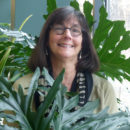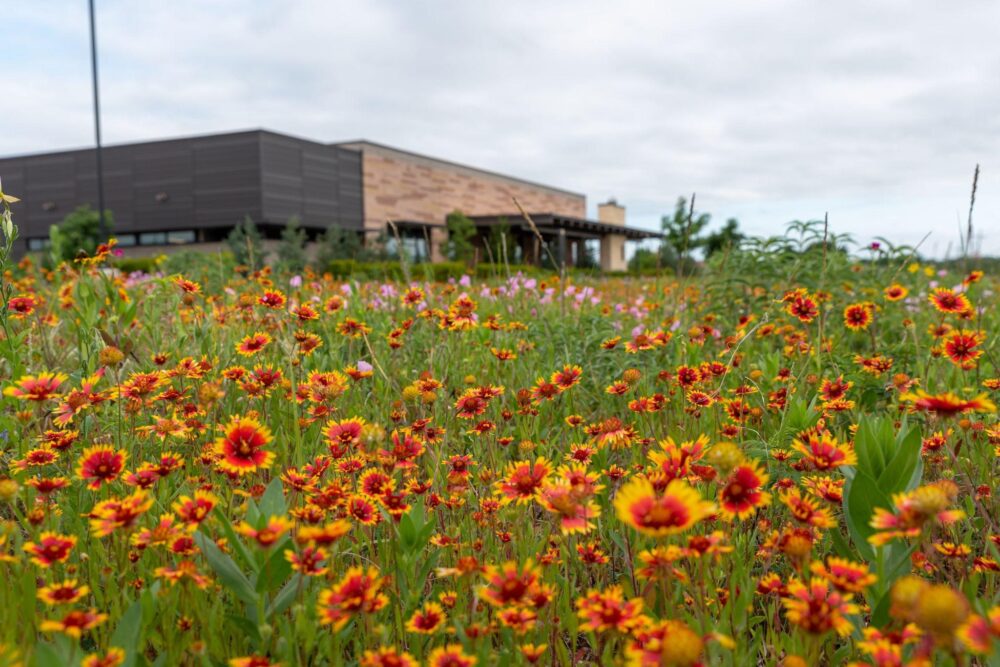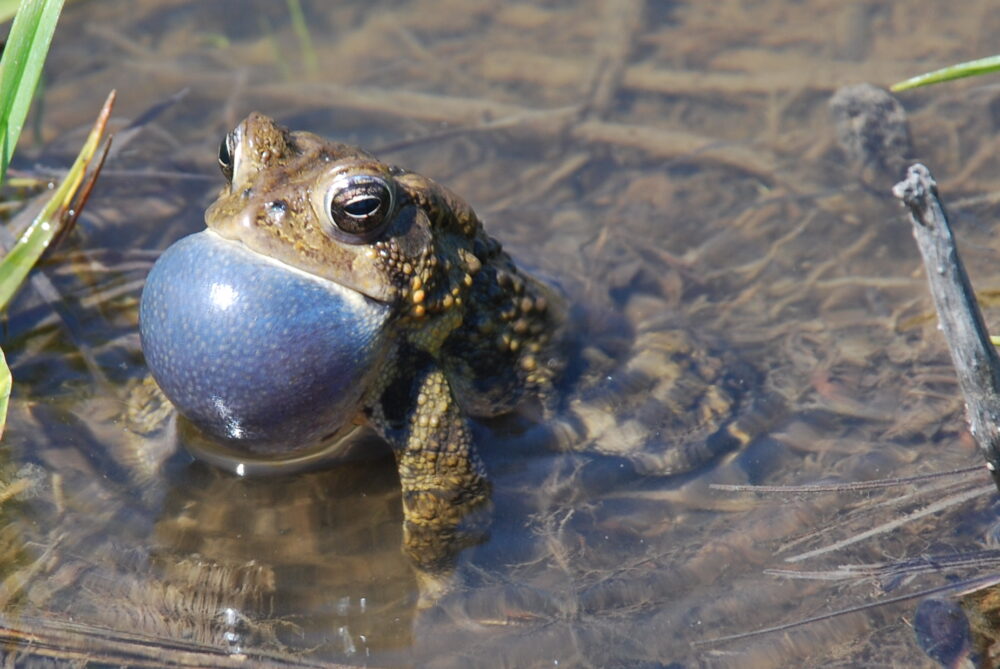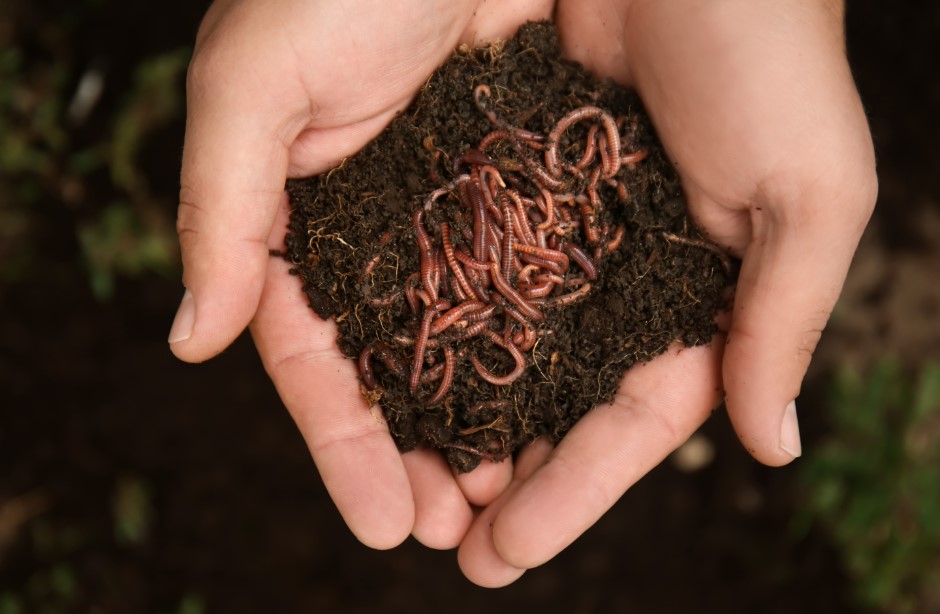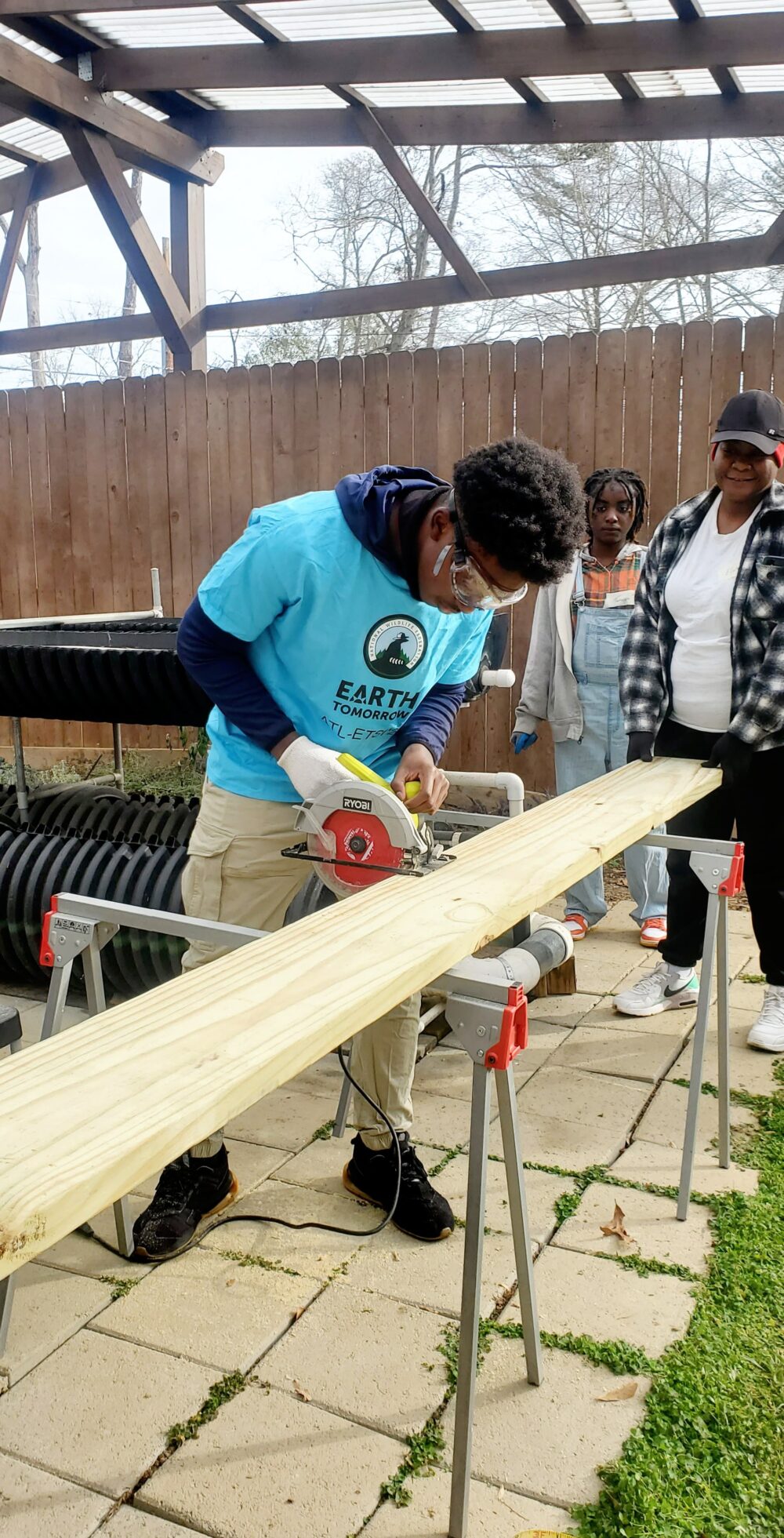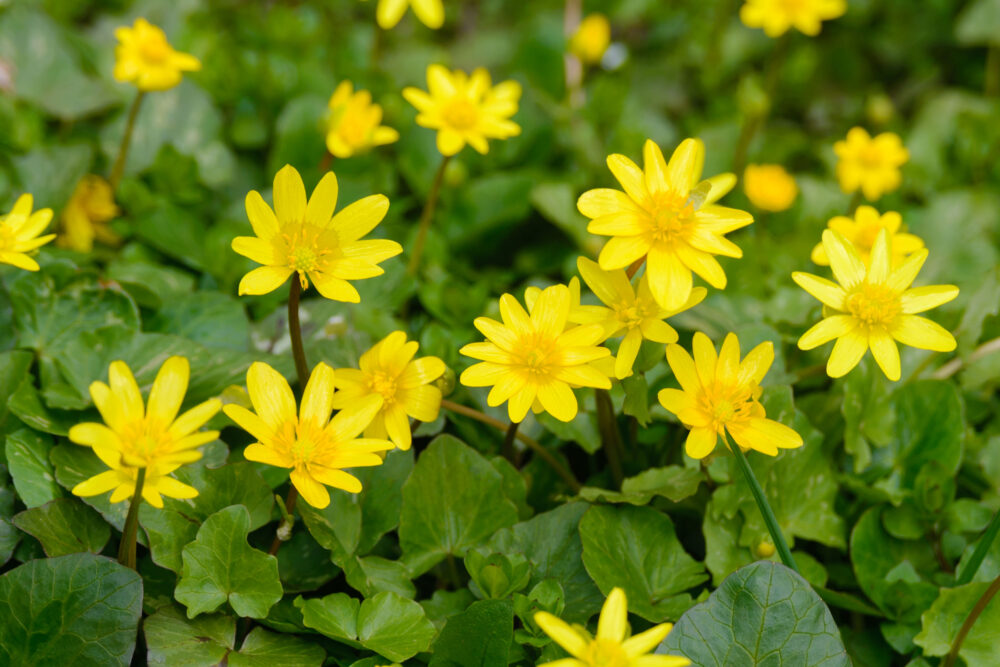We have much more to do and your continued support is needed now more than ever.
Chickadees Show Why Birds Need Native Trees
This year, more than ever, I had been looking forward to songbird-nesting season. The reason? Last spring, my Washington, D.C., yard became one of more than 100 study sites in a three-year research project to investigate how nonnative trees in cities and suburbs affect the availability of food for birds during the breeding season. The research focuses on the Carolina chickadee, “a common backyard species that, like most birds, feeds insects to its young,” says Desiree Narango, the University of Delaware and Smithsonian Migratory Bird Center (SMBC) doctoral student who is conducting the project with help from a team of field assistants.
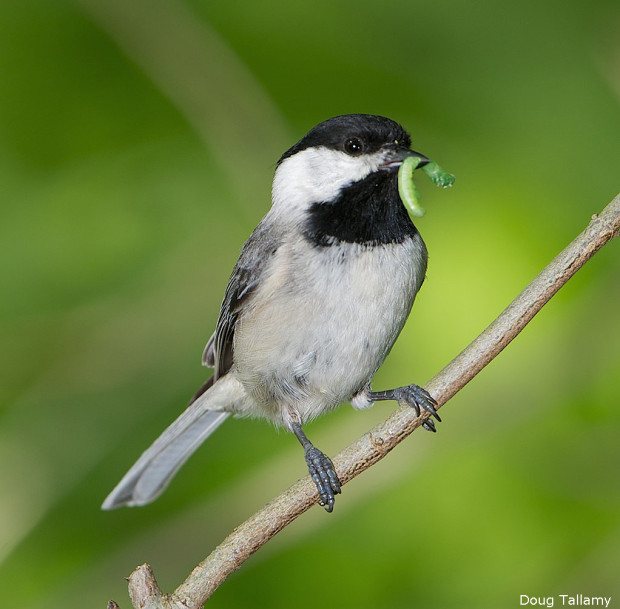
Because native insects did not evolve with nonnative plants, most of them lack the ability to overcome the plants’ chemical defenses so cannot eat them. Caterpillars, a particularly important food source for birds, are especially picky about what they feed on. Like the famous monarch butterfly larva, which must have milkweed to survive, more than 90 percent of moth and butterfly caterpillars eat only particular native plants or groups of plants.
To convince homeowners to plant more of these insect- (and bird-) friendly natives, “we need to put numbers on the consequences of landscaping with nonnative plants,” Tallamy says. Three years ago, he and SMBC head Peter Marra received a National Science Foundation grant to do just that and hired Narango to carry out the project. She works through the Smithsonian’s Neighborhood Nestwatch program, a 15-year-old citizen-science effort that enlists volunteers to record observations about nesting birds in their yards.
Backyard Fieldwork
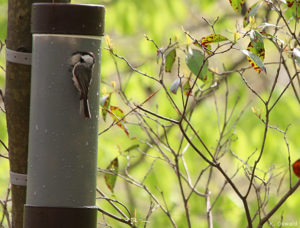
While the parents were busy feeding their hungry offspring, Narango and her team kept busy observing where the birds foraged and what they were feeding their young. The biologists also quantified the amount of native and nonnative vegetation within the birds’ territory and counted the number and kinds of insects on these plants.
At some of the 55 sites where chickadees produced nests last spring—including mine—Narango and her colleagues also mist netted and color banded birds (so they could be individually identified and observed from a distance), took blood, claw and feather samples (which will be analyzed for isotopes showing what the animals were eating) and video recorded adults feeding their hatchlings. It was great fun to watch these biologists at work without having to leave the comfort of my home.
Preliminary Results

Although native and nonnative plants seem to host similar numbers of insects, native trees support more of the caterpillars birds need to feed their young as well as “a more diverse suite of insect herbivores and predators,” Narango says. “Nonnative plants are good at supporting aphids and scale insects, which chickadees—as well as gardeners—tend not to like.”
“Chickadees prefer to forage on native trees, overwhelmingly so,” Narango says. “If you have a lot of trees that are not native,” she adds, “to the birds, it’s almost as if there are no trees at all.” For evidence, check out the map, below, showing where chickadees foraged in my yard.
Based on their videos, the researchers also discovered that parent birds vary from site to site in how many times they visit a nest with food as well as how many food items they bring each visit. While some arrive with a single caterpillar, others show up with a beak full of three to four insects. “It seems that some chickadees have to work a lot harder to bring back enough food to raise a clutch,” Narango says. “After analyzing the data, we should be able to relate this effort to a site’s dominance by native or nonnative trees.”
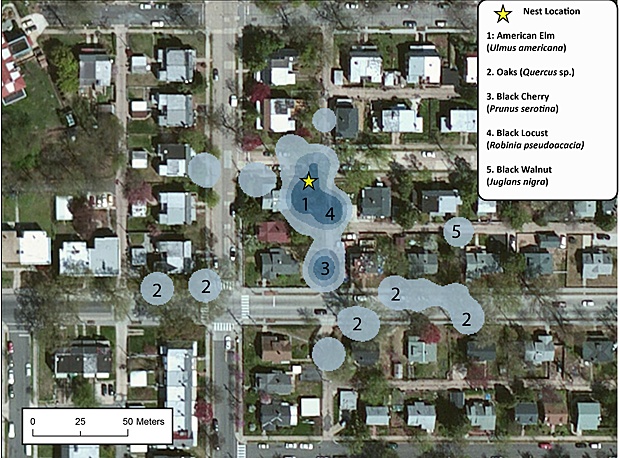
Final Field Season
This year, Narango’s team is monitoring 156 sites with chickadee nest boxes, including mine. As of mid-April, “we have about 40 pairs building nests all over D.C., Maryland and Virginia,” she says.
But not in my yard—where I’ve seen no signs of chickadee-nesting activity. In fact, I’ve not seen or heard a single Carolina chickadee since last year’s clutch fledged in May. Narango tells me to hold onto my nest box and hope for better luck next year. “There are several yards where we got a nest in 2013 but no activity in 2014,” she says. “Those same yards are getting nests again this year.” She agrees it’s possible that one or both of my site’s parent birds perished since last spring, and it could take time for young chickadees to disperse into territories that are newly available, especially in urban areas that may offer lower-quality habitat. “It’s a tough world out there for a tiny bird,” Narango adds.
![]() Help songbirds and other native wildlife by becoming a wildlife gardener.
Help songbirds and other native wildlife by becoming a wildlife gardener.

